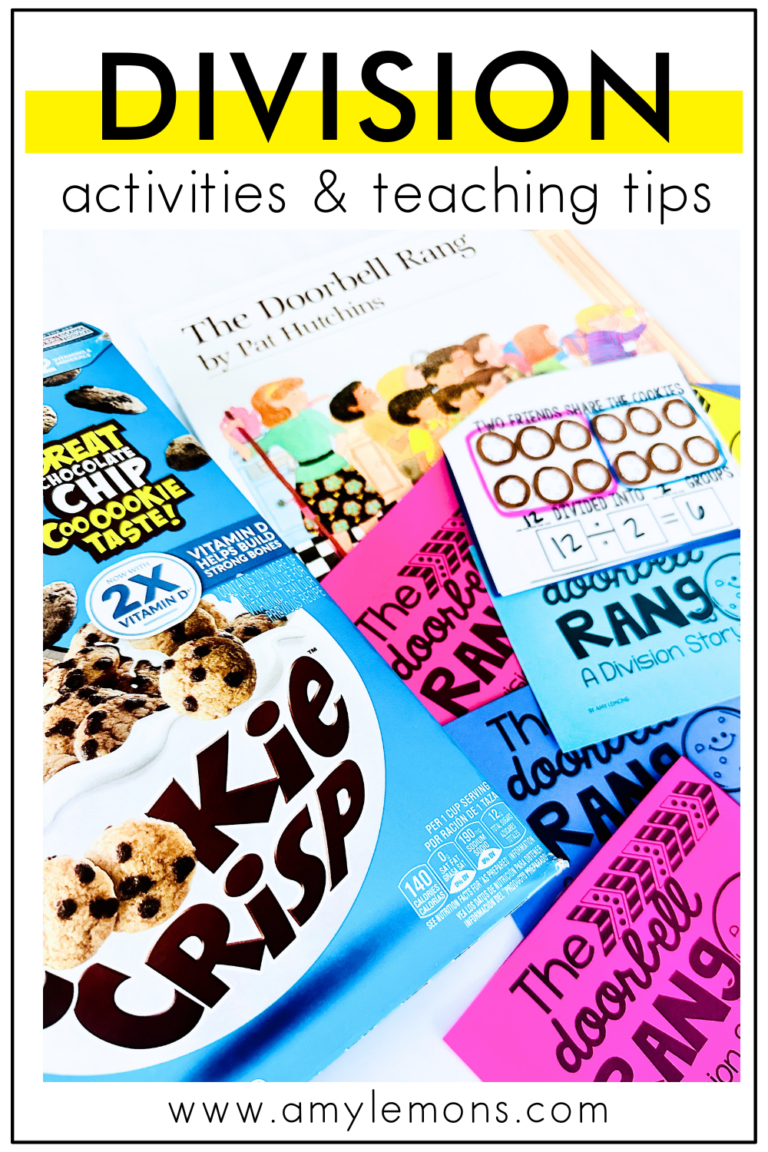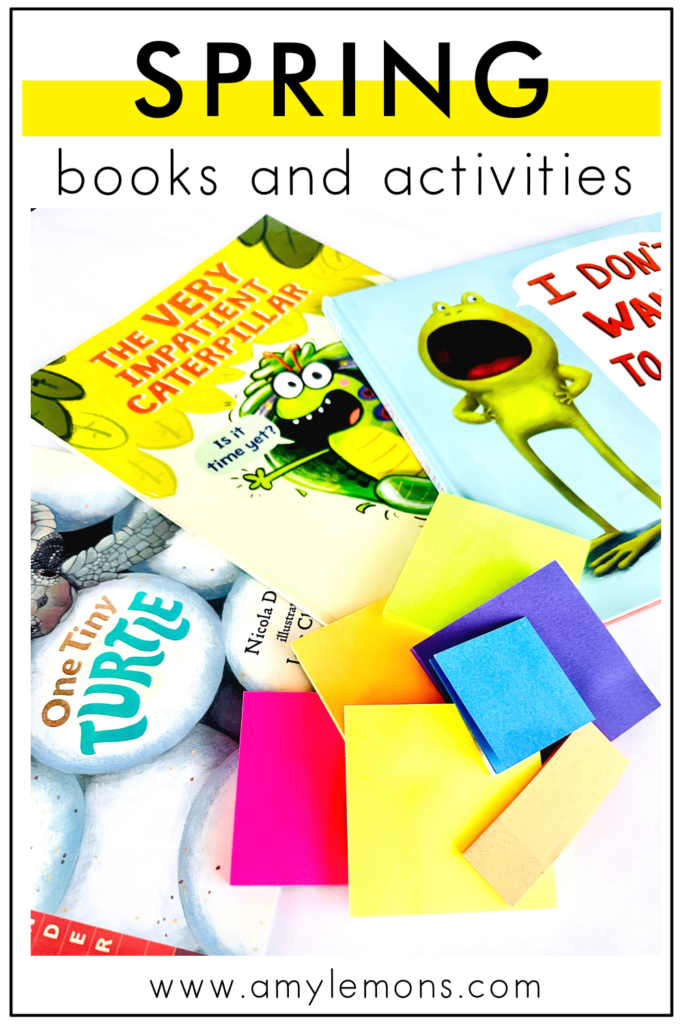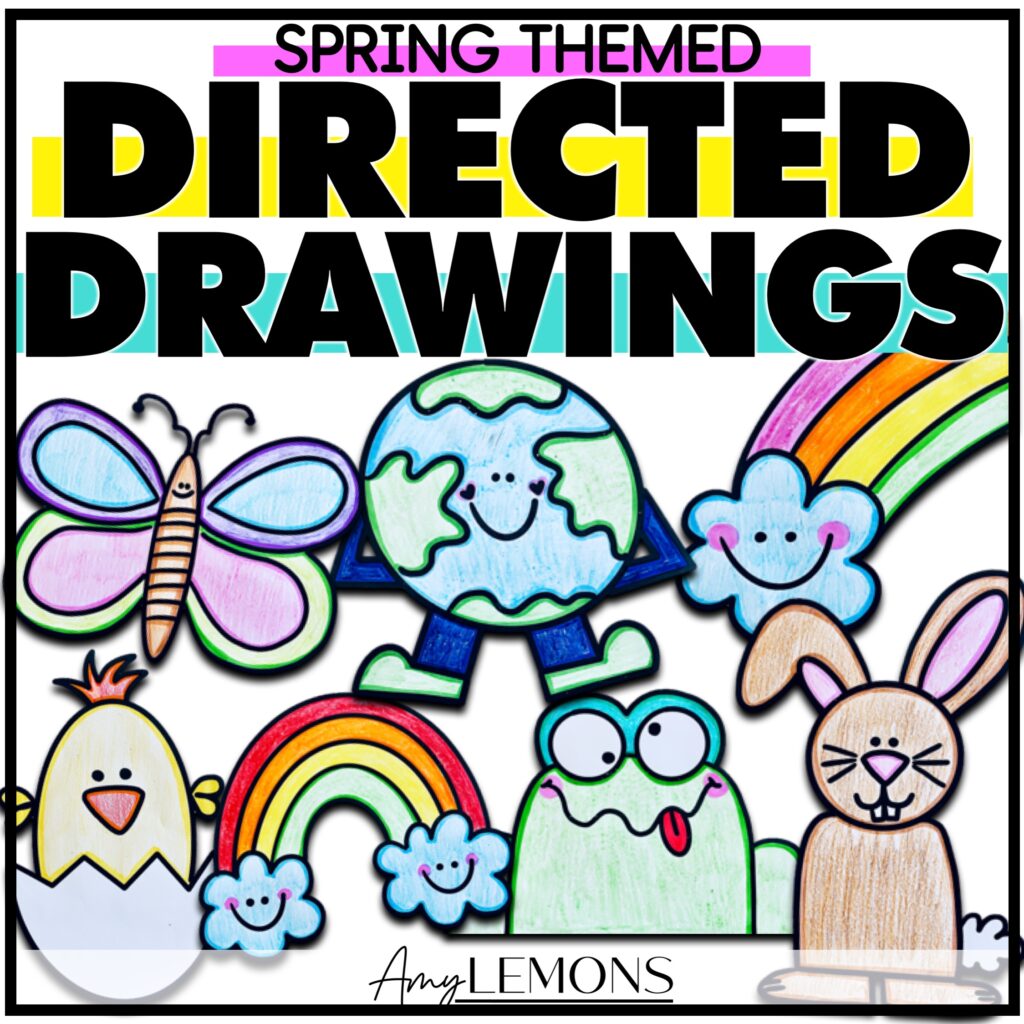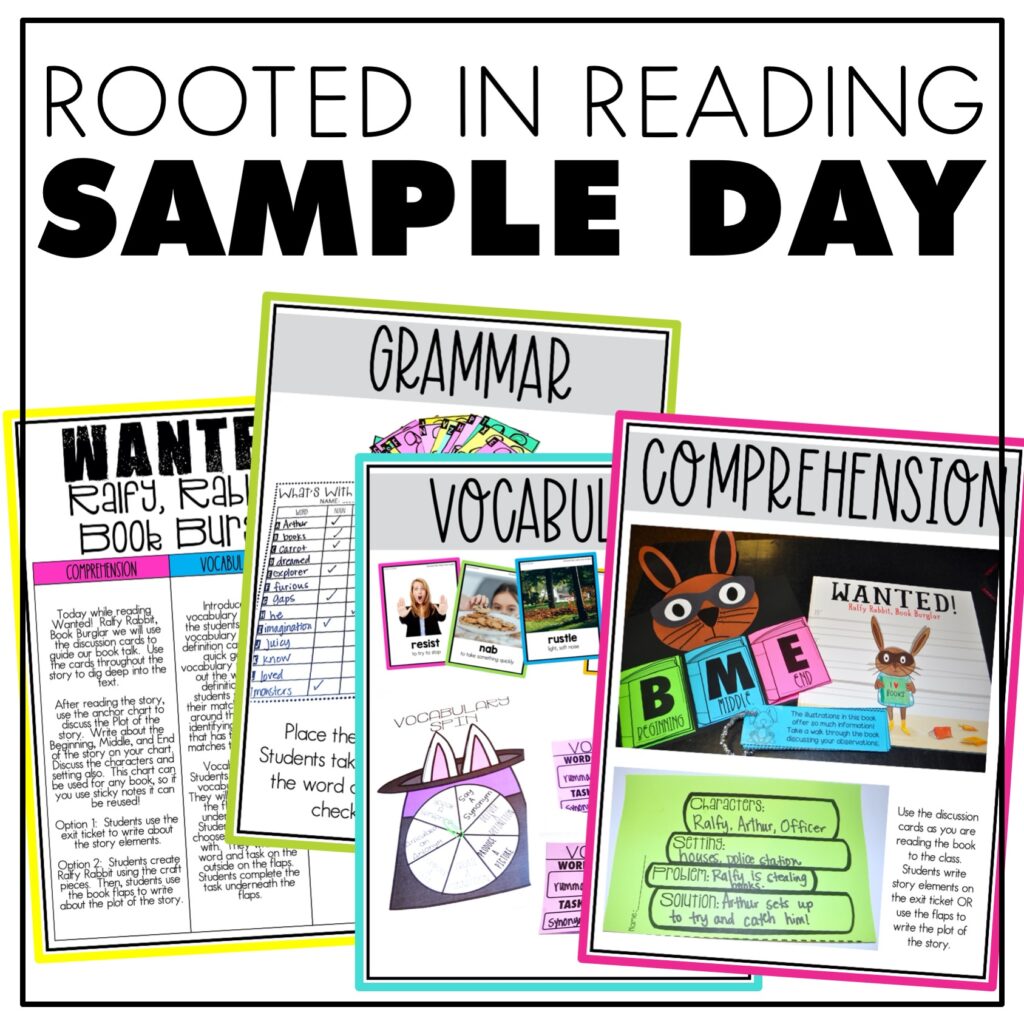

Sometimes the simplest, no-prep activities yield the best results for the classroom. This is especially good to know when the Spring jitters come along. You can still have effective Spring reading activities even when you and your students are experiencing tunnel vision toward Spring break.
A good book, a directed drawing, and a few sticky notes can be turned into an engaging activity that helps students genuinely grasp reading concepts.
Spring is the perfect time to learn about animals and their lifecycles. Butterflies, frogs, and sea turtles are a few that come to mind. With the right picture book and simplified activities, students can learn about these animals while practicing integral ELA skills.
The best part is these lessons can be recreated year after year. While I’ll be sharing some of my favorite Spring picture books and classroom activities to go with them, you can recreate these simple Spring book activities at any time of year and with any book!
{Disclaimer: Affiliate links have been used in this post, but I only share books I use and enjoy!}
I Don’t Want to Be a Frog is a fun read for Spring or any time of year. The story is about a stern little frog who wants to be anything else but a slimy, little creature. It’s a hilarious picture book that is extremely relatable for kids since they often find themselves wanting to be more than just a kid.
I Don’t Want to Be a Frog is a great choice for Spring reading in the classroom as students can learn about frogs in a fun conversational format. To accompany the book, students can respond to the reading with a directed drawing of a frog. It’s an easy way to grab their attention as you expand on their learning.
Next, you can pull in a reading comprehension skill. For this book, I found that it works well with a grammar lesson on verbs.
Using sticky notes, students can create sentences using verbs based on things that happened in the story or about the characters. In this example, students are describing the attributes of frogs.
There’s nothing better than a kids’ picture book with a little bit of factual information. The Very Impatient Caterpillar is an example of that as metamorphosis is explored in a funny and approachable way for kids. There’s one little caterpillar who can’t believe he gets to transform but also mulls over the long process. He just wants it to happen already.
The question-and-answer style of writing makes it a great Spring picture book to read aloud in the classroom. Plus, the caterpillar’s strong personality makes for a good time discussing character traits.
After reading the story, students can dive into some Spring art as they follow along to a directed drawing to create the main character in butterfly form.
Afterward, you can begin to engage students in a lesson about character traits. Grab a handful of sticky notes and use them to display traits observed throughout the story. Write a character trait on each sticky note and place them around the directed drawing or on an anchor chart.
Extracting facts from books can be a challenging skill for kids. But it is not impossible. You can create an easy lesson on identifying facts with a good book and sticky notes, just like the previous two skills.
The book One Tiny Turtle is a great example of a nonfiction book that provides factual information for kids in an easy-to-understand format. In the book, we learn firsthand about sea turtles and their habitat with beautiful illustrations and simple, straightforward language.
After reading One Tiny Turtle, students can complete a directed drawing of a sea turtle just like from the book. As they are drawing, they can recall some of the facts they learned about the sea turtle’s body and other characteristics.
You can take this a step further by having students recall other facts from the story. Grab a couple of sticky notes and have students create fact flaps around their drawings. Under each flap or sticky note, students will jot down a fact they learned about sea turtles from the nonfiction text. You can also make this a whole group discussion using an anchor chart.
I love using sticky notes on anchor charts! It’s an efficient way to reuse anchor charts over and over by having your base anchor chart details and then using sticky notes to customize details from the classroom discussion each year. Just remove the sticky notes and start over!
These simple activities can be used year after year with any books, subjects, or skills you need. They are easy to implement, yet effective at getting the point across. Spring is not the time to introduce anything too complicated which is why these are an excellent choice.
A note on directed drawings: Directed drawings are perfect as a reading response activity. They help keep students engaged and attentive as you dive deeper into other comprehension skills with virtually no prep. I have compiled a list of the many amazing uses for directed drawings.
Keep your students engaged through the Spring fog with no hassle Spring directed drawings! Pair these with a book, a writing page, a reading lesson, or as a fun Friday activity.

Directed Drawings are the perfect activity for the spring. Students can draw a butterfly, frog, chick, rabbit, rainbow, rainbow cloud, and a happy earth. Each drawing has a writing activity to pair with it. These are perfect for centers, early finishers, or space fillers!
Total Pages: 75 pages
File Size: 29 MB

Hey, y’all! My name is Amy Lemons and I am passionate about providing students with both engaging and effective standards-based Math and ELA lessons.

Sample a day of Rooted in Reading with these lesson plans and activities for Reading Comprehension, Vocabulary, and Grammar!


